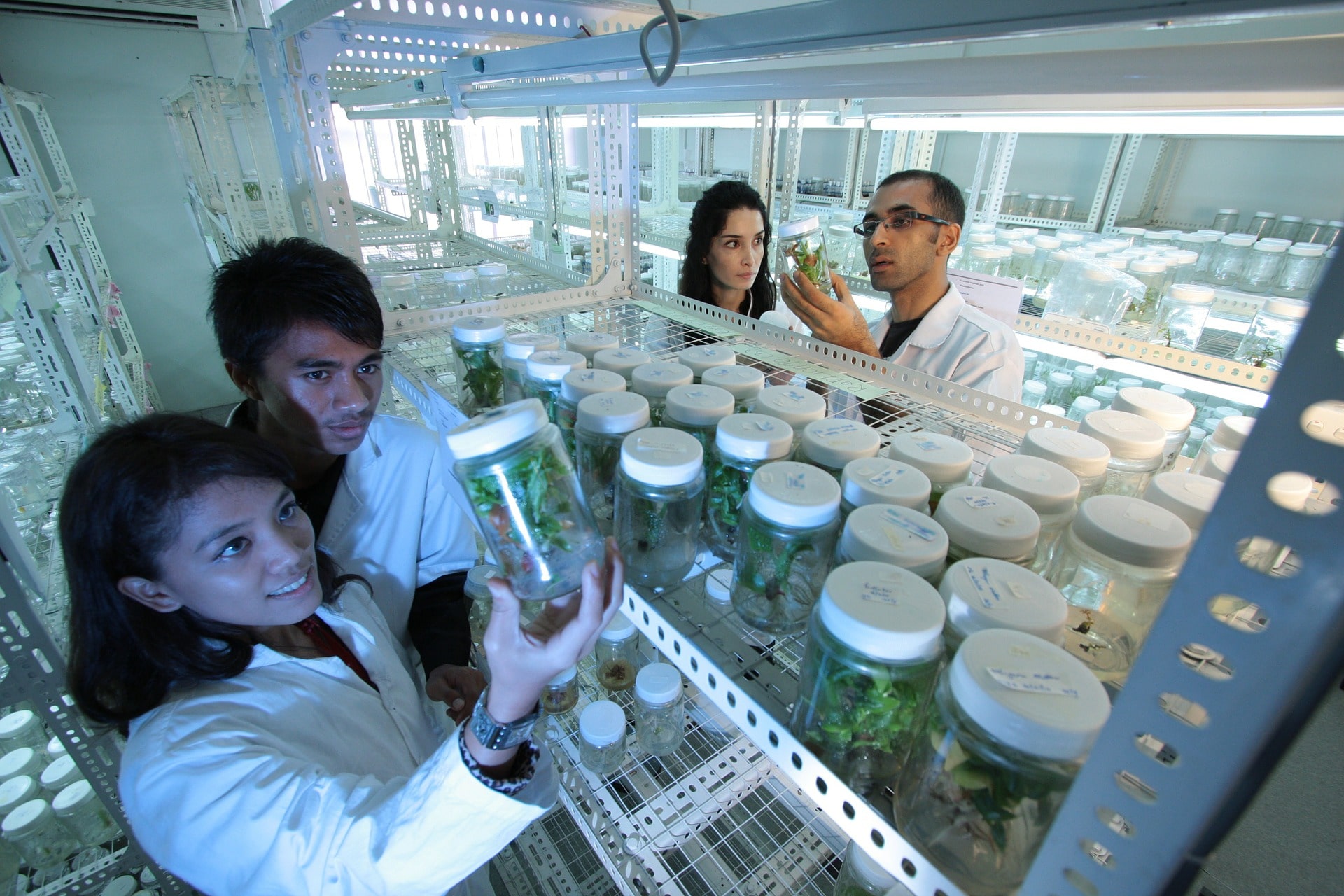It’s hard to imagine that something microscopic can have such big effects on the political world. Mendel Perkins and Petra Jorasch live with that reality every day as they wade through regulations surrounding gene editing.
Perkins serves as lead scientist for Calgary, Alta.-based AgGene while Jorasch works as manager of plant breeding innovation advocacy for Euroseeds. On the Sept. 27 episode of Seed Speaks, both helped shed light on the enormous political implications of gene editing on the political sphere.
Perkins remarked on the recent significant changes in Canada’s gene editing regulations, which took years to craft and which the seed industry waited for with bated breath.
Earlier this year, the Canadian Food Inspection Agency (CFIA) provided clarity on how they would regulate gene editing, stating that it wouldn’t be subject to the same regulations as genetically modified organisms (GMOs).
Perkins emphasized the importance of this decision for researchers, businesses, and investors, as it allows them to proceed with confidence in their projects. Canada’s approach focuses on the characteristics of the end products rather than the technology used to create them. This is a sensible way to regulate, as it fosters ongoing innovation, accommodates new gene editing tools, and aligns with decades of safe and effective use of technology, he said.
“The recent clarity provided by Health Canada and the Canadian Food Inspection Agency has been a game-changer for us. It has not only given us the confidence to push forward with our work but has also garnered support and confidence from the investment community,” he says.
The regulatory framework in Canada places significant emphasis on evaluating the end results of the gene editing process, specifically focusing on the characteristics of food products and animal feed, as well as potential risks. Notably, these regulations adopt a process-agnostic approach, meaning they do not overly concern themselves with the specific technologies used but rather concentrate on assessing the safety and attributes of the final products.
“From our vantage point, this approach appears to be a reasonable way to regulate the field for several reasons. It is rooted in a history of safe and effective use of genetic technologies and recombinant DNA techniques in the Canadian market,” Perkins added.
In stark contrast, the European Union’s approach to gene editing regulations has been considerably more stringent. Jorasch explained the historical background of gene editing regulations in the EU, highlighting the European Court of Justice’s ruling in 2018 that classified gene-edited products as GMOs.
Unlike Canada’s approach, the EU emphasizes the process of development rather than the final product.
“This decision has restricted researchers and businesses in the EU, leading to frustration and a potential brain drain as scientists seek more accommodating jurisdictions for their work,” she said, something Perkins can attest to.
Despite the challenges faced by the EU in regard to gene editing, there’s a glimmer of hope for the EU, as discussions surrounding potential changes in gene editing regulations are ongoing.
The EU Commission is considering a verification process to determine if a product derived through gene editing could be exempt it from GMO regulations. This would align the EU with countries like the United Kingfrom, which have taken a more relaxed approach to gene editing. However, the timeline for implementing such changes is uncertain, given the complexities of EU policymaking.
After the UK’s exit from the European Union, they initiated discussions on how to regulate genome editing and genome-edited products. What they’ve established is known as the “precision breeding bill.” This bill adopts an approach like that followed by several other countries globally, including South American nations, Australia, the United States, and Canada.
The core principle is that if a product resulting from these technologies can be achieved through conventional breeding methods, it is not classified as a GMO and thus escapes GMO regulations. However, if it differs from what can be achieved through conventional breeding, it remains under GMO regulations.
The UK has already drafted and adopted its regulation, with secondary legislation pending. They anticipate having a fully operational system by the end of the next year, Jorasch said. On the other hand, the EU has proposed a system that shares similarities with this approach.
“If the EU adopts a more lenient stance on gene editing regulations, it could have positive global implications. It would facilitate agricultural trade and promote food production, aligning with EU sustainability goals,” Jorasch said.
Such changes might allow the EU to become a leader in global agricultural production and encourage international collaboration. In the bigger picture, a science-based approach to gene editing regulations can help drive innovation and address challenges such as climate impact on agriculture, Perkins noted.
Related Articles
Policy Experts Applaud Gene Editing Decision
Gene Editing Excites the Minds, and Taste Buds, of Consumers





